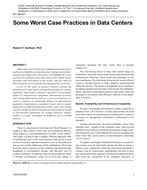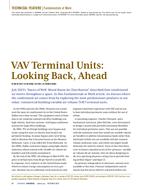Residential energy consumers are charged based on a utility rate structure, such as net metering or feed-in tariff. To lower consumers’ electricity bills, expensive batteries are deployed to reduce the electricity fed from the gridduring peak hours. However, strategic photovoltaic (PV) panel placement enables the reduction of operational energycost while considering the spatial feasibility and efficiency for hosting rooftop PV.
In this paper, we present a framework to automatically identify the optimal location of rooftop PV panels on residential buildings. Our framework integrates multipleworkflows, including energy and environmental simulation,parametric modeling, and optimization to identifythe ideal location of PV panels to balance the demand andsupply of residential buildings.
These workflows are linked using the Grasshopper pluginfor Rhinoceros CAD software. The framework includestwo different workflows, each satisfying a target for optimalPV placement: (a) maximizing PV panel efficiency,where users aim to maximize energy generation, and (b)minimizing operational energy cost, where “best” panelsare selected considering utility rates for operational energycost. Our framework is demonstrated in a residentialcommunity in Fort Collins, Colorado, to generate the optimalPV placement for each of the two aforementionedtargets. Results from the two workflows are compared toillustrate the effect of PV location and orientation on solarenergy production efficiency and operational energy cost.The developed workflows are introduced as tools withinthe Grasshopper plug-in to investigate the solar potentialof rooftop PV panels while taking into account factorssuch as contextual shading, utility rate structures, andbuildings’ energy demand profiles.
Citation: ASHRAE/IBPSA-USA Bldg Simulation Conf, Sept 2020
Product Details
- Published:
- 2020
- Number of Pages:
- 8
- Units of Measure:
- Dual
- File Size:
- 1 file , 570 KB
- Product Code(s):
- D-BSC20-C007


